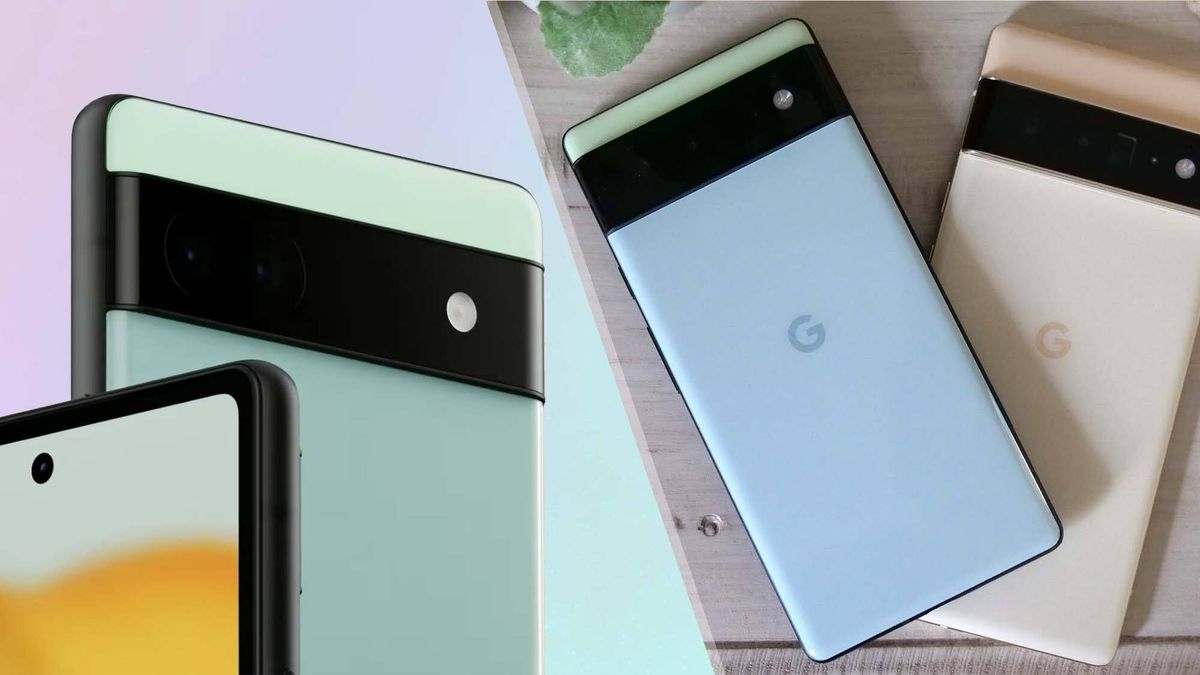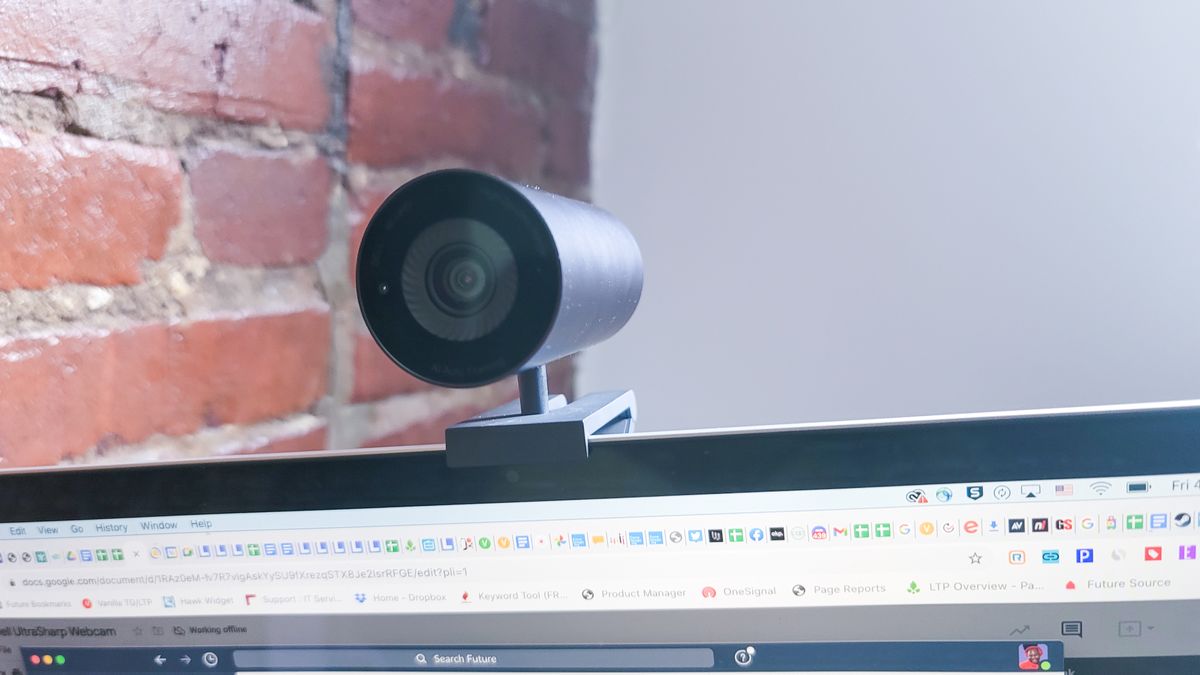At Google I/O, the company’s annual developer conference, the search-engine giant unveiled the next-generation smartphone in its Pixel A-series line: the Pixel 6a. A roar of applause filled the room when Google announced that the Pixel A-series, for the first time, will feature the same chipset packed inside its flagship smartphones: Google’s custom Tensor chipset.
Google calls its Tensor processor a “milestone” for machine learning and artificial intelligence (AI) processes. Why? Well, thanks to the custom-made SoC, the latest Pixel phones offer state-of-the-art experiences. For example, you no longer need to copy and paste foreign-language text into a translator app (e.g., Google Translate) with the Google Pixel 6a (and, by extension, the Google Pixel 6 series). With the Live Translate feature, the Google Tensor chip can auto-translate your texts directly in Messages and WhatsApp.
The Google Tensor chip also enhances computational photography features. For example, the processor powers Motion Mode, which can add motion effects to static photos and employ the long-exposure method to stabilize action-packed scenes.
To put it succinctly, the Pixel 6a should come with the same software perks as the Pixel 6. Now, you may be wondering, “How does the Pixel 6a differ from the Pixel 6? Why should I spend an extra $150 for the latter?” Well, you came to the right place.
We’ll flesh out the differences between the Pixel 6 and the Pixel 6a so that you can make an informed buying decision on which Google phone is best for you.
| Pixel 6 | Pixel 6a | |
|---|---|---|
| Price | $599 | $449 |
| Display | 6.4-inch, 1080 x 2400 OLED, 90Hz | 6.1-inch, 2400 x 1080, OLED 60 Hz |
| CPU | Google Tensor | Google Tensor |
| RAM | 8GB | 6GB |
| Storage | Starts at 128GB | Starts at 128GB |
| Selfie camera | 8MP | 8MP |
| Rear cameras | 50MP wide, 12MP ultrawide | 12.2MP wide, 12MP ultrawide |
| Battery size | 4,614 mAh | 4,410 mAh |
| Colors | Stormy Black, Kinda Coral, Sorta Seafoam | Chalk, Charcoal, Sage |
| Dimensions | 6.2 x 2.9 x 0.35 inches | 5.9 x 2.83 x 0.35 inches |
| Weight | 7.3 ounces | 6.28 ounces |
Pixel 6a vs. Pixel 6: price and value
The Pixel 6 undercuts its competitors with an alluring starting price tag of $599, a more attractive valuation compared to the $799 iPhone 13 and Samsung Galaxy S22. It’s packed with 8GB of RAM, 128GB of storage, Google’s custom-made Tensor chip, and a 6.4-inch, 2400 x 1080-pixel display. If you want more storage (256GB), you’ll have to shell out an extra $100.
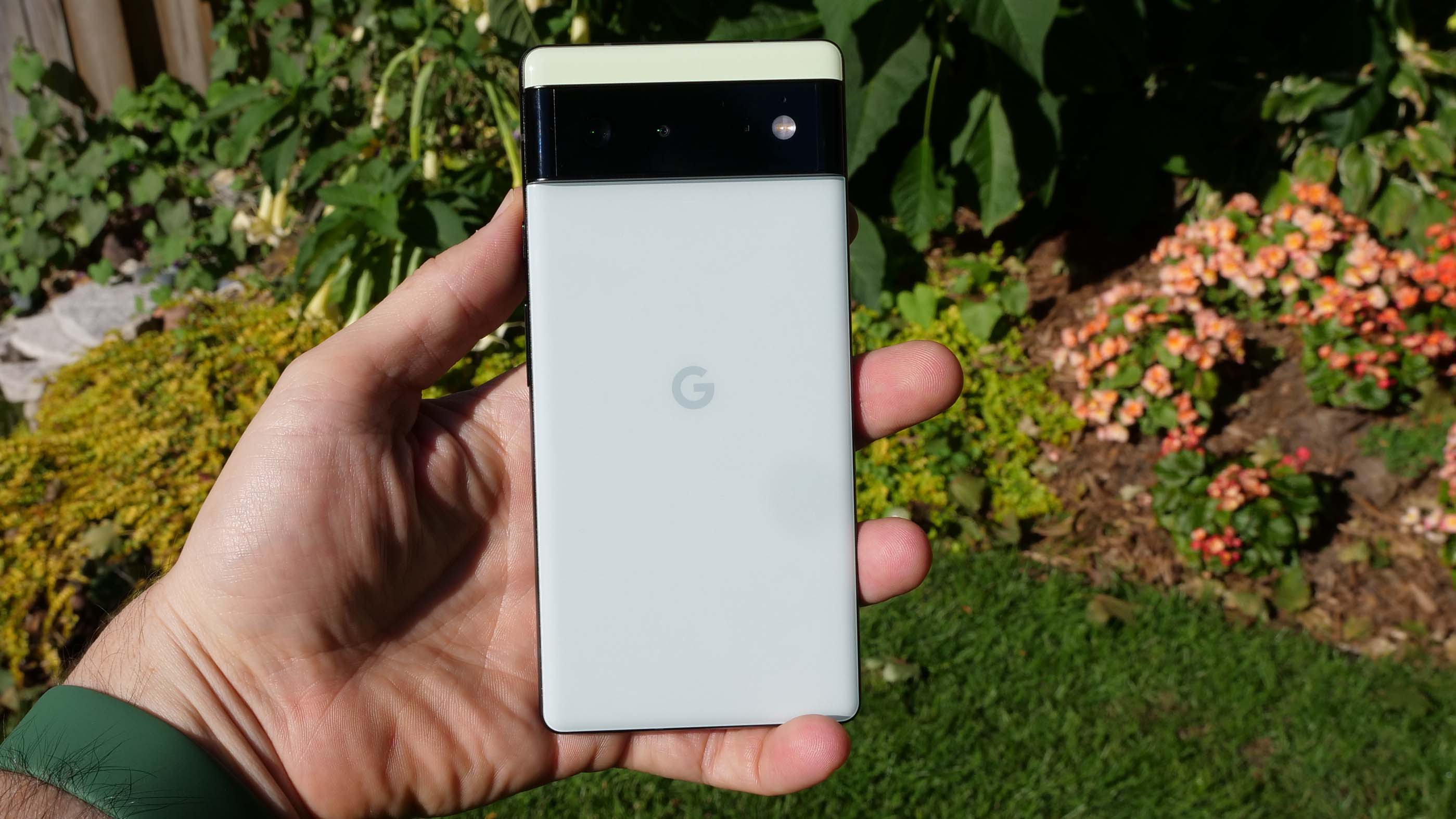
The $449 Pixel 6a, sporting a 6.1-inch, 2400 x 1080-pixel display, is the bare-bones variant of the Pixel 6. With 6GB of RAM, it has less memory than the Pixel 6. It, too, offers 128GB of storage, but that’s the best you can get — there is no 256GB model. This may be an issue if you, like me, tend to store hoards of photos and videos, and you loathe seeing pesky “out of space” notifications that will inevitably appear after the pile up.
On the plus side, the same Tensor chip that electrifies the Pixel 6 series also powers Pixel 6a. With the next-generation A-series phone packing the same muscle as its “high-end” Pixel 6 series siblings, the Pixel 6a wins this round for giving consumers more bang for their buck.
You can snag the Google Pixel 6 and the 6a at the Google Store, but the latter won’t be available for pre-order until July 21. Check out this quick guide on how to pre-order the Pixel 6a.
Winner: Pixel 6a
Pixel 6a vs. Pixel 6: design
I always joke that the Pixel 6’s funky, camera-bearing black band reminds me of a sweatband-wearing tennis player. If Roger Federer’s head was more square shaped, he’d totally look like a Pixel 6. However, the more I look at the Pixel 6, though, it looks more like Star Trek’s Geordi La Forge.
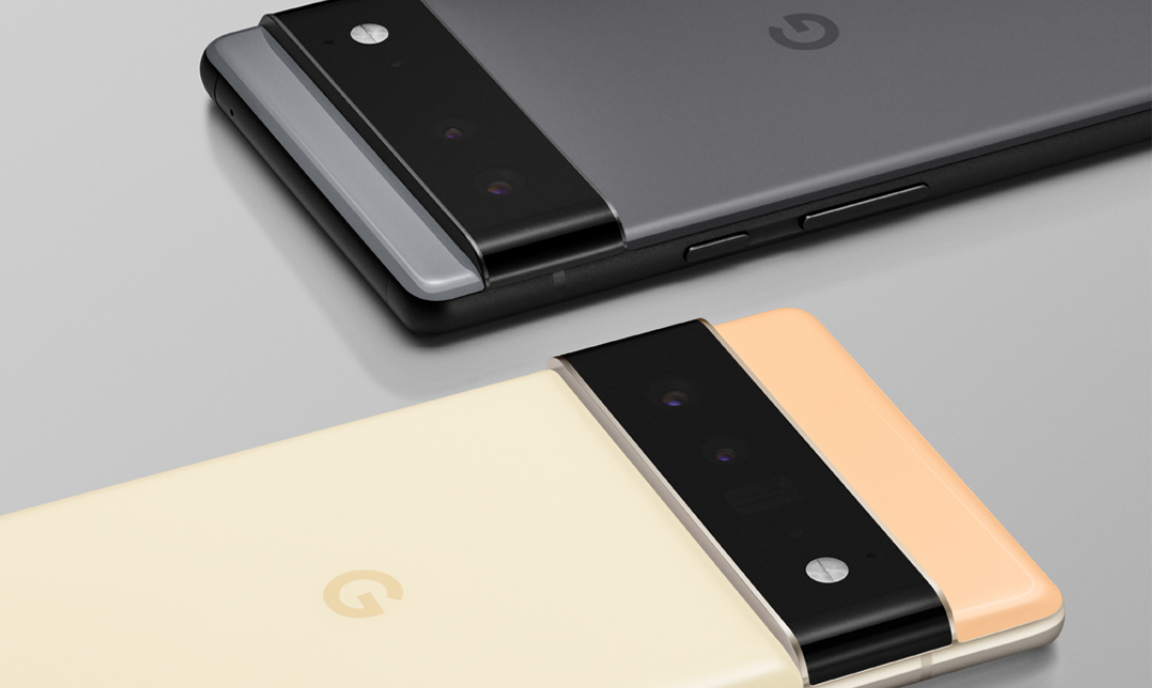
All this fun I’m poking with the Pixel 6’s design is a testament to its odd-looking funkiness. Most phone bigwigs are shoving their camera modules onto the upper-left corner of the chassis, so I like that Google introduced a new design language. “Let’s give it a visor!” they said. Do I like how the Pixel 6 looks? Not really, but I do appreciate Google’s attempts to stand out from the crowd.
Unfortunately (or fortunately, depending on your taste), the 6a features the same sweatband/visor design theme. To be fair, there are some eye-catching elements on the Pixel 6 I adore, including the under-display fingerprint scanner, the slim-bezel screen, and the hole-punch camera. Thankfully, the Pixel 6a inherited those attractive traits, too.
So you may be wondering, “What are the design differences?” Well, there aren’t many. The most salient disparity is that the 6.1-inch Pixel 6a’s footprint is slightly smaller than the 6.4-inch Pixel 6. It’s also lighter at 6.3 ounces compared to the Pixel 6’s 7.3-ounce weight.
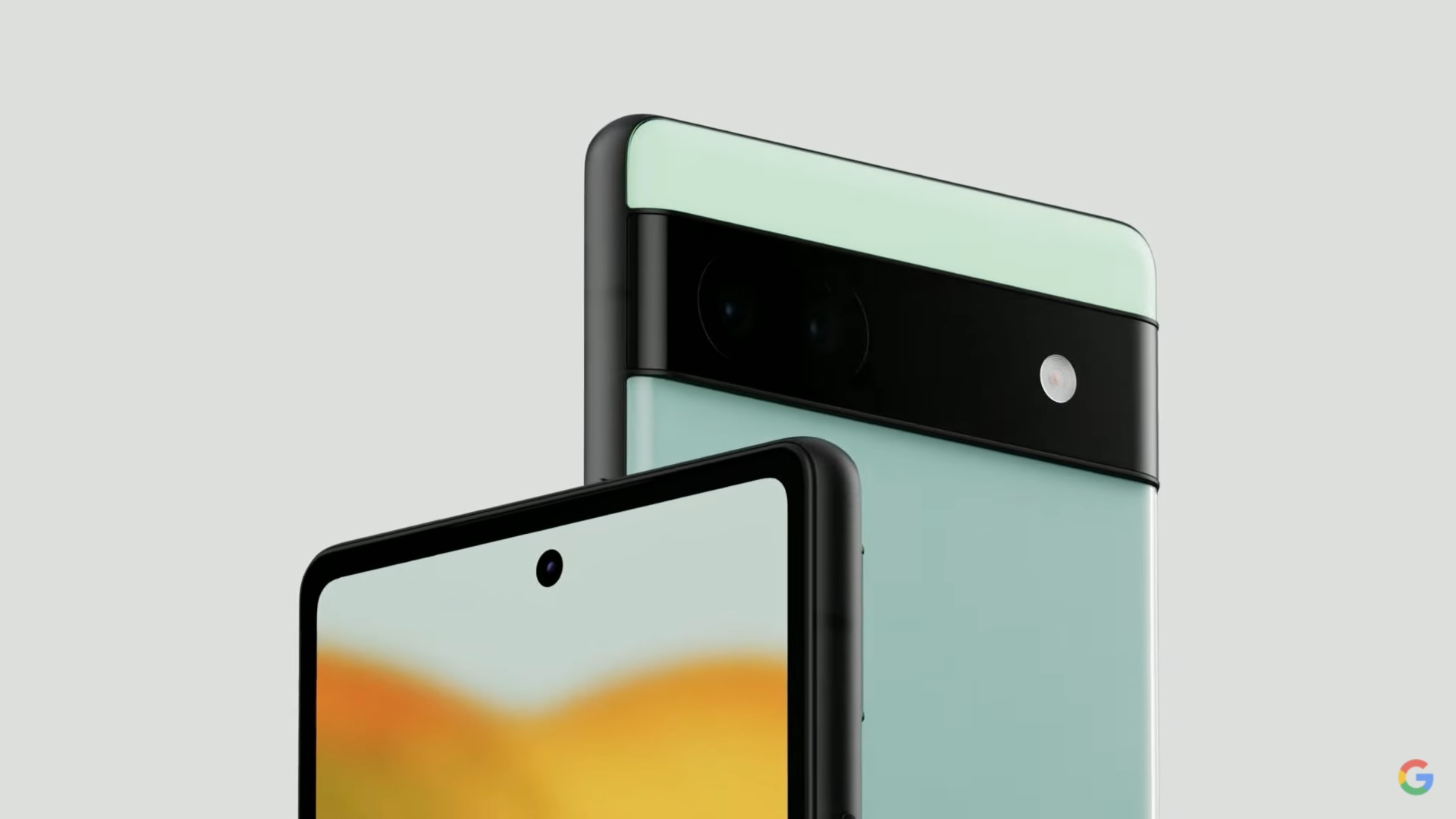
It’s also worth noting that the Pixel 6’s back chassis consists of a 3D-thermoformed composite while the Pixel 6 is made of Corning Gorilla Glass 6. The Pixel 6 comes in Sorta Sage, Kinda Coral and Stormy Black. The Pixel 6a, on the other hand, is featured in Charcoal, Chalk and Sage.
Winner: Draw
Pixel 6a vs. Pixel 6: display
The Pixel 6, sporting a 6.4-inch, 2400 x 1080-pixel, AMOLED display, has a more expansive panel compared to the Pixel 6a’s 6.1-inch, 2400 x 1080-pixel, OLED screen. The Pixel 6 also has a smoother, zippier display, thanks to its 90Hz refresh rate, while the Pixel 6a has a ho-hum, yawn-worthy 60Hz panel.
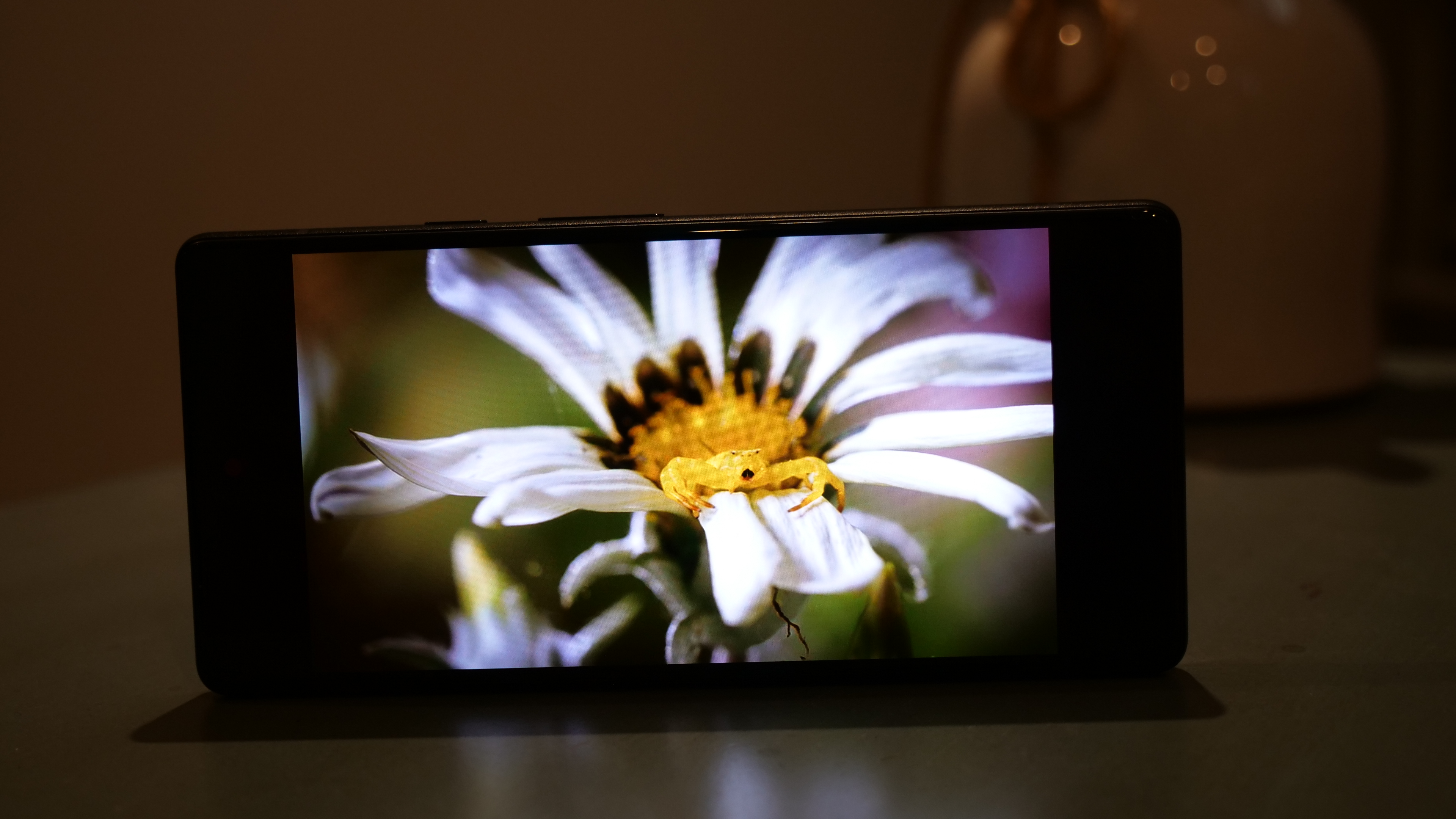
Google boasts that the Pixel 6’s display is made of Corning Gorilla Glass Victus, one of the toughest glasses on the market, but I’m unimpressed (I have a Samsung Galaxy Note 20 Ultra, another Gorilla Glass Victus-bearing phone, and it’s filled with scratches and cracks despite having a screen protector). The Pixel 6a features Gorilla Glass 3, which will likely be more fragile than the Pixel 6.
Winner: Pixel 6
Pixel 6a vs. Pixel 6: processor and software
For the first time ever, Google is injecting its flagship chipset into its A-series smartphone line. In other words, like the Pixel 6 and Pixel 6 Pro, the Pixel 6a is jolted to life with the Google Tensor processor.
Consequently, the Pixel 6a should be able to keep up with the big dogs (i.e., the Pixel 6 and Pixel 6 Pro) in regards to zippy 5G connectivity and industry-leading security processes — thanks to the Titan M2 core. Google boasts that the 6a, packed with the Google Tensor chip, is more than 5x faster than the Pixel 5a.
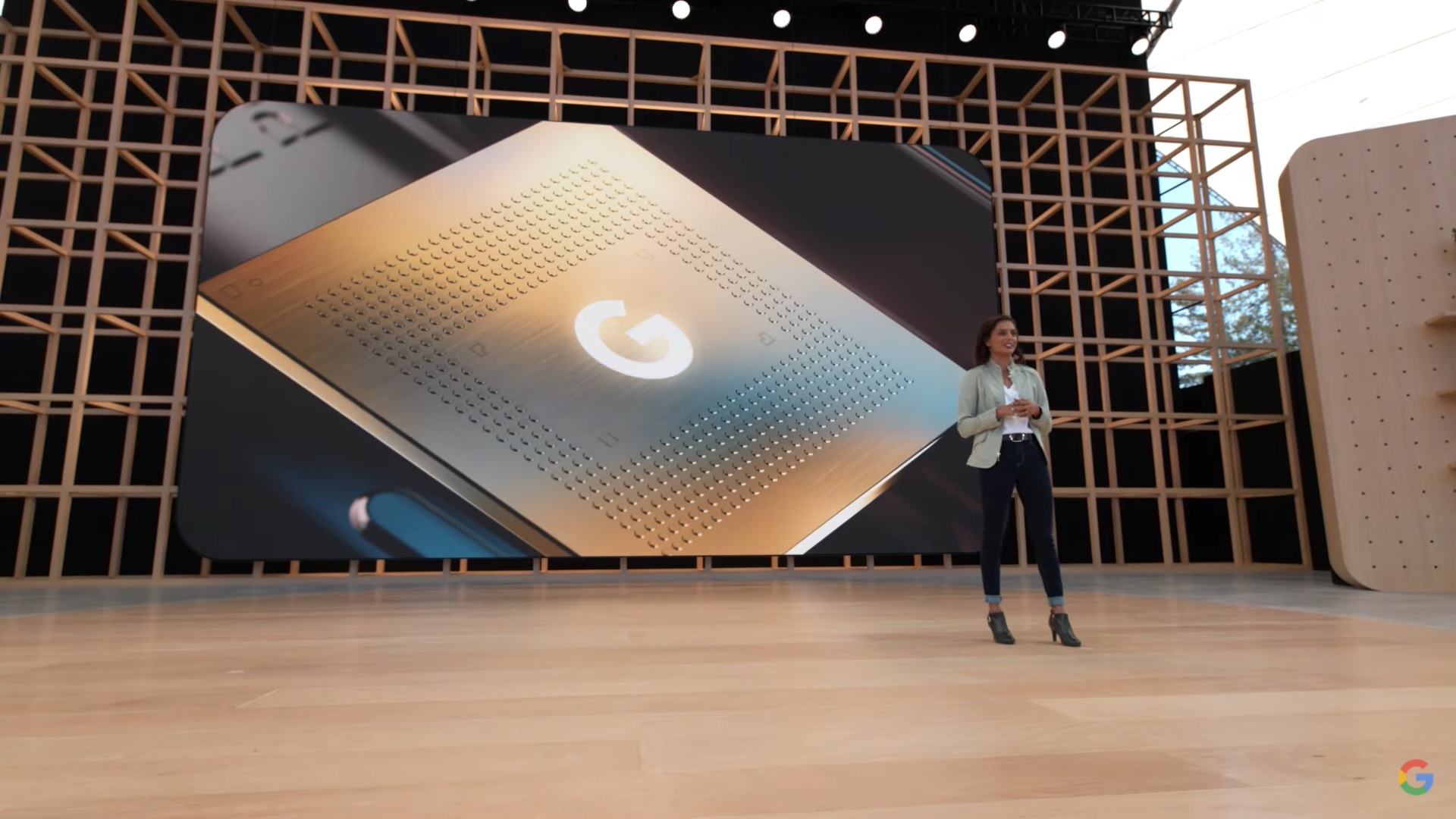
We have no doubt in our minds that the Pixel 6a may blow the 5a out of the water, but we’re curious to see how well the Pixel 6a performs compared to the Pixel 6. If our benchmarks reveal that the performance delta isn’t significant, some may not be willing to spend an extra $150 for the Pixel 6. It’s worth repeating, though, that the Pixel 6a only sports 6GB of RAM compared to the Pixel 6’s 8GB of memory, so the latter will likely juggle tasks better than its cheaper counterpart.
According to our testing, the Pixel 6 nailed a multi-core overall performance score of 2,696 on Geekbench 5, so we’re curious to see whether the Pixel 6a can come close to that figure.
As mentioned at the outset, due to the Google Tensor chip, the Pixel 6a will also come with a host of software benefits that were once exclusive to the Pixel 6 series, including Live Translate, a cool feature that frequent travelers will appreciate when encountering strangers who speak different languages. “It’s like having a personal interpreter and translator wherever you go,” Google said. With on-device processing and protected computing, the search engine giant claims that users’ speech data remain private while using Live Translate. C’est magnifique!
As a cherry on top, the Pixel 6a, alongside the Pixel 6, will receive five years of security updates.
Winner: TBA
Pixel 6a vs. Pixel 6: battery life
A 4,614 mAh battery lives inside the Pixel 6 while the Pixel 6a sports a 4,410 mAh. The former supports fast wireless charging; the Pixel 6a does not.
Interestingly, Google claims that the Pixel 6 and the Pixel 6a can deliver more than 24 hours of battery life. The battery test Google ran for both phones consisted of talk, data, standby and other features, but according to our rigorous battery test (i.e., continuous web surfing at 150 nits on a cellular network), the Pixel 6 only lasted 7 hours and 47 minutes.
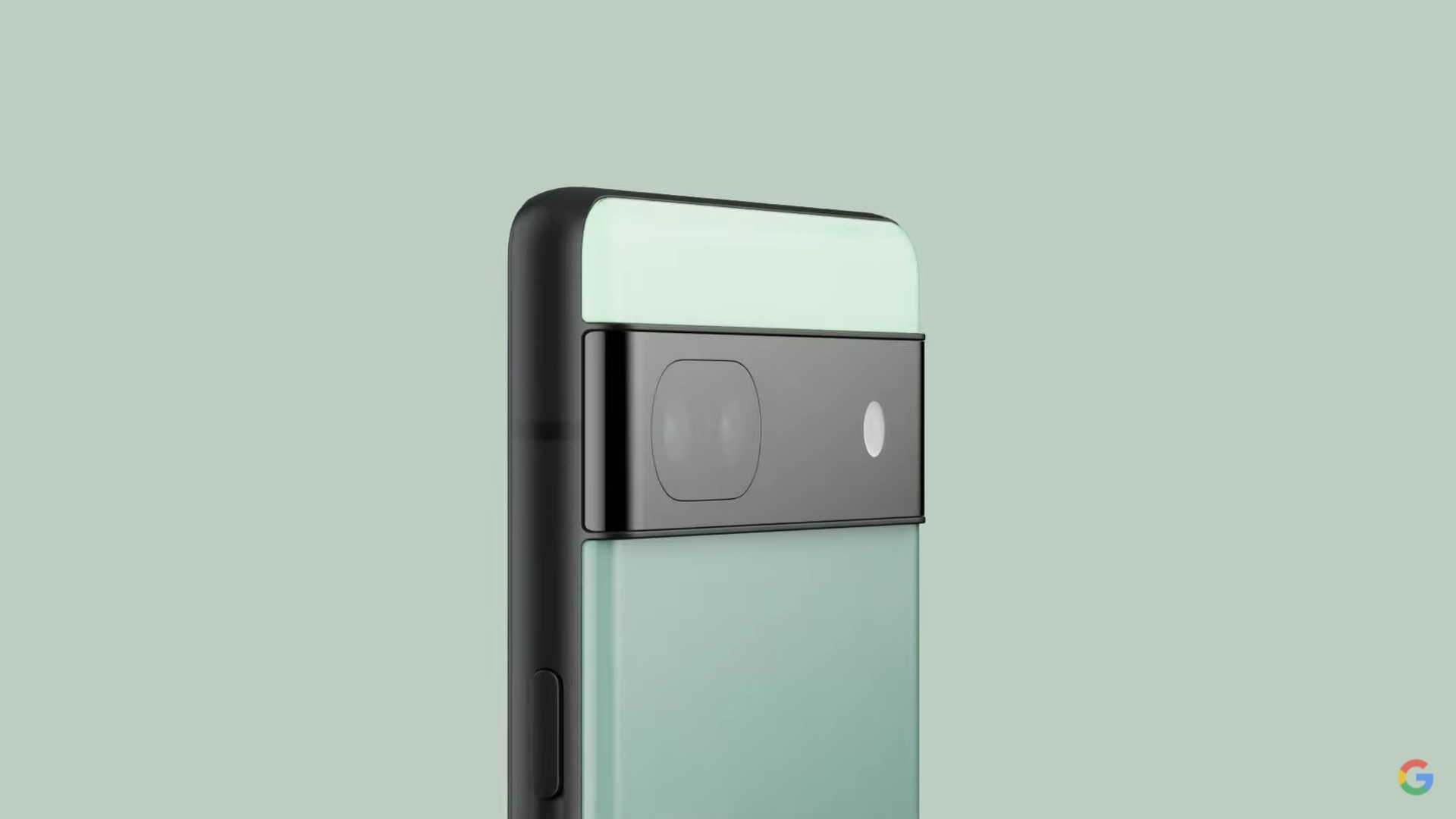
Google said that their testing revealed that the average battery runtime for the Pixel 6a is 29 hours. With Extreme Battery Saver mode enabled, the search engine giant says that figure can climb to 72 hours. If Google had a nose, I’m sure it’d be growing by now because there’s no way in heck that the Pixel 6a could possibly offer such an enduring battery runtime.
However, I do believe that the Pixel 6a may offer better battery performance than the Pixel 6 due to its 60Hz display. The Pixel 6 has a 90Hz panel, an energy-guzzling feature.
Once we get our in-house battery life results for the Pixel 6a, we’ll be sure to update this section.
Winner: TBA
Pixel 6a vs. Pixel 6: cameras
One of the biggest selling points of the Pixel A-series phones was that they featured the same class-leading cameras as their flagship counterparts. For example, the Pixel 5a packed a 12.2MP wide lens, a 16MP ultrawide sensor and an 8MP selfie camera — just like the Pixel 5. This pattern could be seen on the Pixel 4 and Pixel 3 as well, making the Pixel A-series line a seductive option for camera-loving, budget-conscious consumers.
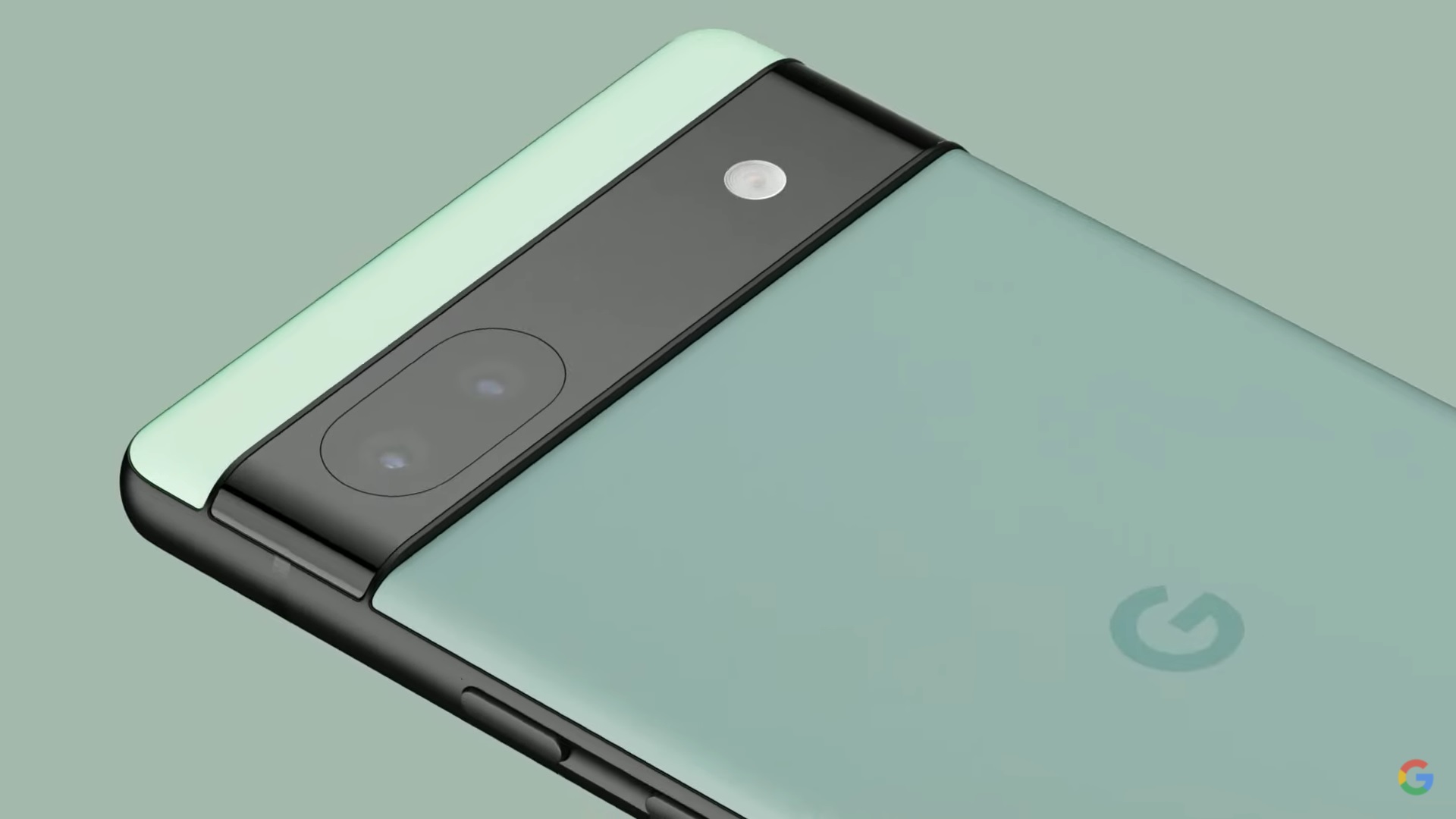
Not anymore!
The Pixel 6 comes with a 50MP (f/1.85) wide lens, but the Pixel 6a sports a 12.2MP (f/1.7) wide camera. The other camera specs are virtually the same: a 12MP (f/2/2) ultra-wide, 114-degree lens and an 8MP (f/2.0) front-facing camera. On paper, the Pixel 6 is the winner here with its 50MP wide lens. Shots should provide sharper, more precise details, but we’d have to compare pictures to know for sure.
Instead of matching camera hardware, Google now wants the Pixel A-series phones to share the same processor as their flagship counterparts.
The Pixel 6a may not have the same 50MP wide lens as the Pixel 6, but because it has the Google Tensor chipset, it has the same camera perks as the Pixel 6 series, including Real Tone (accurately reflects the subject’s complexion), Night Sight (enhances low-light photography) and Magic Eraser (lets users remove unwanted objects in photos).
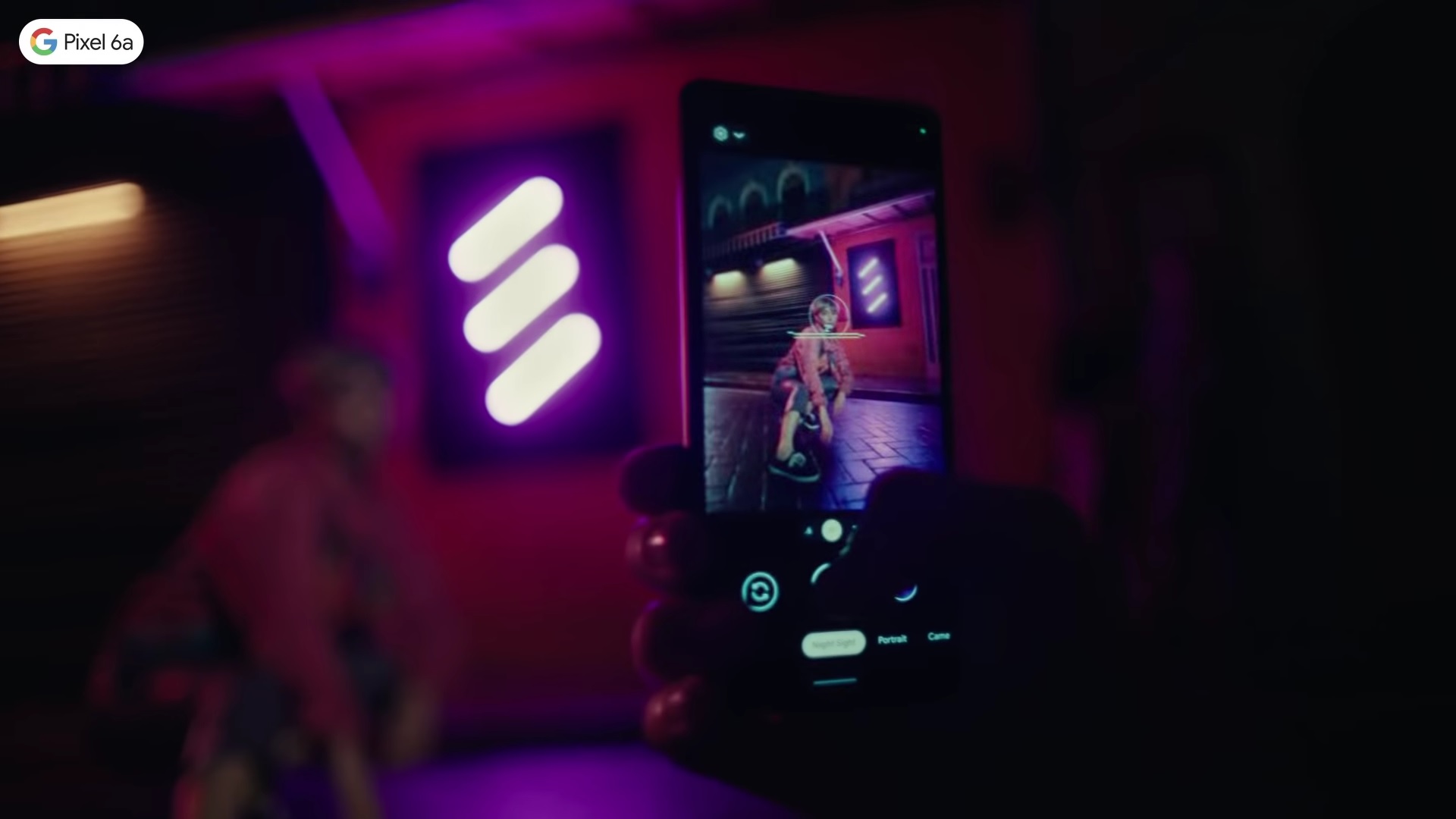
By the way, Google said that it enhanced Magic Eraser this year. Not only can you nix undesirable elements in pictures with Magic Eraser, but you can also use this tool to change the color of objects in photos. Sweet!
Winner: Pixel 6
Pixel 6a vs. Pixel 6: Which should you buy?
The Pixel 6a has several shortcomings. It doesn’t have a 256GB variant, nor does it have as much RAM as the Pixel 6. Its 60Hz, 6.1-inch display doesn’t compare to the Pixel 6’s zippy, 90Hz 6.4-inch display. There’s a silver lining, though. With its lower refresh rate, you may be able to squeeze more battery life out of the Pixel 6a.
Lastly, the Pixel 6a still has the 12.2 wide camera of its A-series predecessors while the Pixel 6 struts around with a snazzier 50MP wide lens.
If those drawbacks don’t faze you, then the Pixel 6a, priced at $449, is the ideal choice. After all, thanks to the Google Tensor chip, you’ll get all the software goodies the Pixel 6 has, including Live Translate, Magic Eraser, Night Sight, and more.
However, if having as much storage space as possible is a must for you as it is for me, and 60Hz displays seem too lethargic for your tastes, the Pixel 6 is a better option. For an extra $150, you’ll also get more RAM and a better main camera.
Whether you decide to buy the lower-end Pixel 6a or the flagship Pixel 6 model, you’ll enjoy the nifty AI and machine-learning perks the Google Tensor chip offers.

